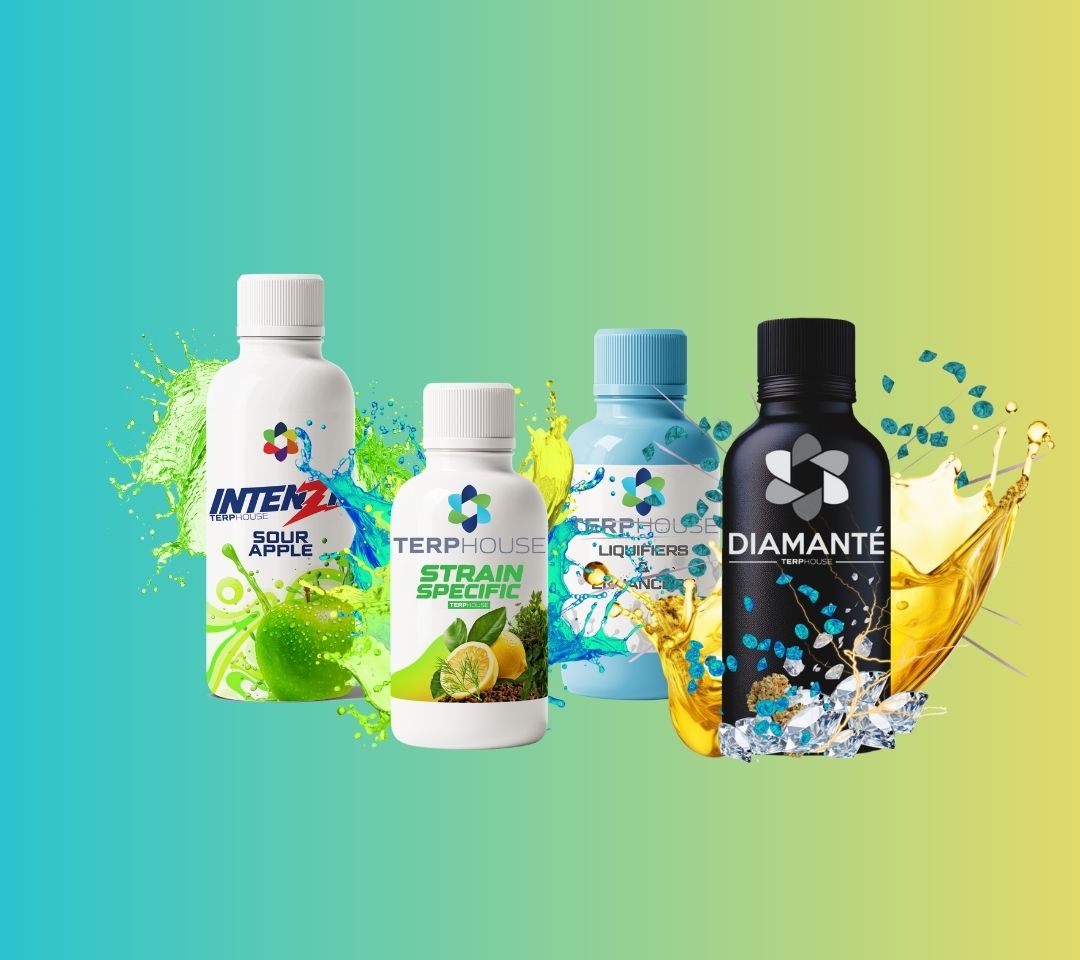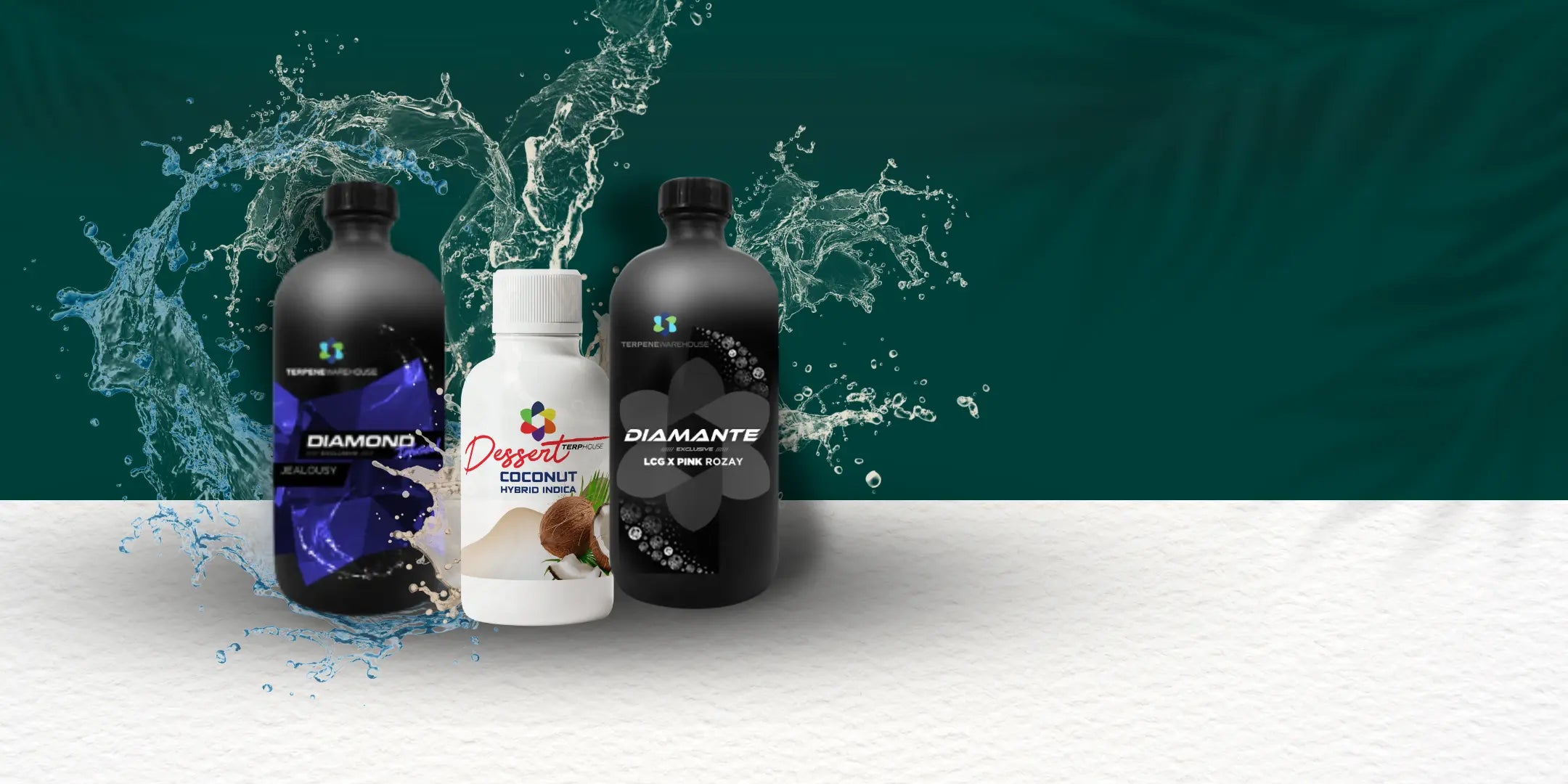Blog
A mission to incorporate standards

What Are Terpenes? Everything You Need to Know
Terpenes are natural compounds that shape your life far more than you might realize. Most people don’t even notice how terpenes guide their daily lives. Take shopping, for example—a simple ambient ...
Live Resin Terpenes: The Definitive Guide to Nature's Flavorful Powerhouse
Live resin terpenes represent the pinnacle of flavor and aroma in the cannabis extract industry, capturing the integrity of the plant in its rawest form. When you first encountered properly extract...

How to Buy Terpenes Wholesale Online
Terpenes are fully legal and available online in bulk quantities. Learn how to buy wholesale terpenes and find out which bulk terpenes are best.

How to Use Terpenes in Your Products
What are terpenes, and how do you use them in cannabis products? Learn the purpose of terpenes and find out how to add them to your product formulations.

Which Terpenes Are Best for Pain?
Are terpenes good for pain? If so, which specific terpenes blends should you include in products that are oriented toward pain and inflammation relief?

How Many Terpenes Are There?
How many terpenes has science discovered? Learn the total number of identified terpenes, and meet 5 of the rarest and most interesting terpenes on the market.

Differ Between Cannabinoids and Terpenes?
Both terpenes and cannabinoids can be found in the Cannabis sativa plant. While they work well together, cannabinoids and terpenes are inherently different.

Why we are the Best Wholesaler?
Terpenes make your products tastier, more attractive, and more effective. Why is Terpene Warehouse the premier producer of wholesale terpenes?

Botanical vs. Cannabis-Derived Terpenes
Terpenes are present in hundreds of different plants. Is it best to derive your terpenes from cannabis, or are terpenes from other sources better?


